Definition
- Buerger’s disease (thromboangiitis obliterans) is a recurring inflammation of the intermediate and small arteries and veins of the lower and upper extremities.
Description
- It results in thrombus formation and segmental occlusion of the vessels and is differentiated from other vessel diseases by its microscopic appearance.
- Buerger’s disease occurs most often in men between 20 and 35 years of age, and it has been reported in all races and in many areas of the world. There is considerable evidence that heavy smoking or chewing of tobacco is a causative or an aggravating factor.
Clinical Manifestations
- Pain is the outstanding symptom (generally bilateral and symmetric with focal lesions). Patients complain of cramps in the feet, particularly the arches, after exercise (instep claudication). Pain is relieved by rest.
- Burning pain aggravated by emotional disturbances, nicotine, or chilling; digital rest pain (fingers or toes); and a feeling of coldness or sensitivity to cold may be early symptoms.
- Color changes (rubor) of the feet progress to cyanosis (in only one extremity or certain digits) that appears when the extremity is in a dependent position.
- Various types of paresthesia may develop; radial and ulnar artery pulses are absent or diminished if upper extremities are involved.
- Eventually ulceration and gangrene occur.
Assessment and Diagnostic Methods
- Segmental limb blood pressures, duplex ultrasonography, and contrast angiography are used to identify occlusions.
Medical Management
Main objectives are to improve circulation to the extremities, prevent the progression of the disease, and protect the extremities from trauma and infection.
Treatment measures include the following:
- Completely stopping use of tobacco.
- Regional sympathetic block or ganglionectomy produces vasodilation and increases blood flow.
- Conservative debridement of necrotic tissue is used in treatment of ulceration and gangrene.
- If gangrene of a toe develops, usually a below-knee amputation, or occasionally an above-knee amputation, is necessary. Indications for amputation are worsening gangrene (especially if moist), severe rest pain, or severe sepsis.
- Vasodilators are rarely prescribed (cause dilation of healthy vessels only).












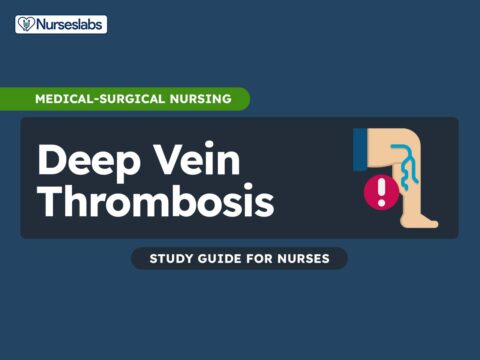
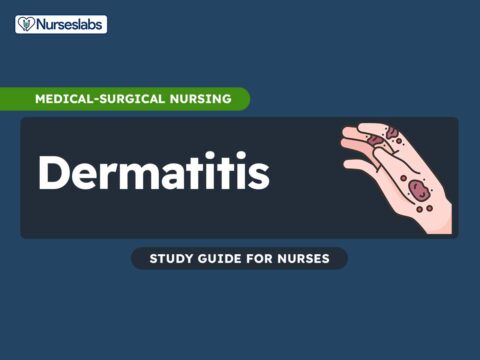
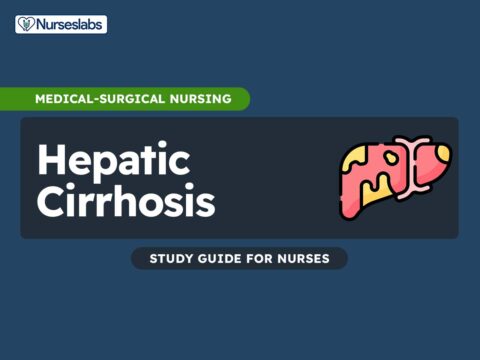
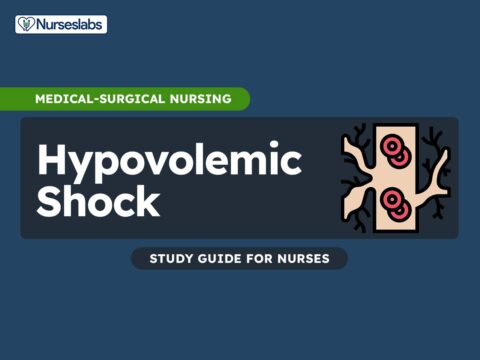

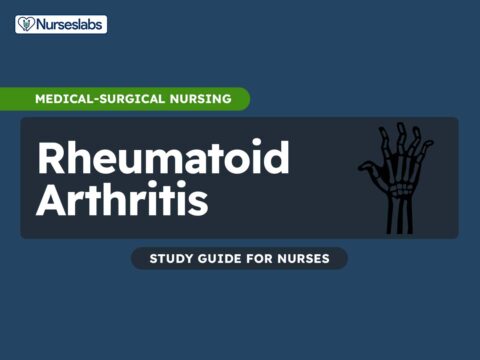


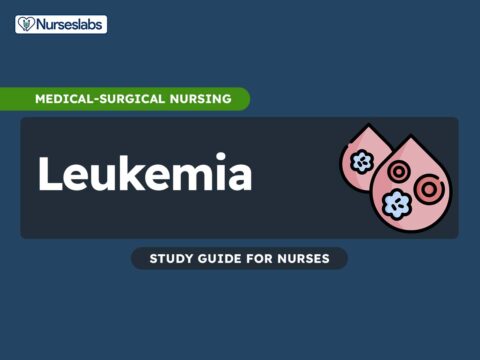

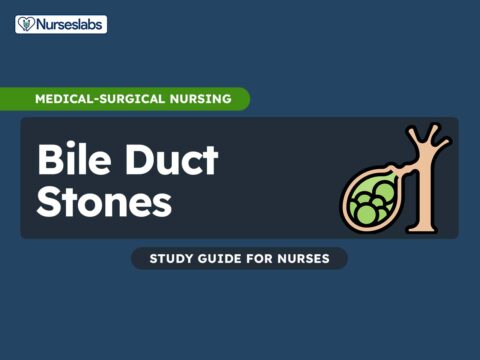
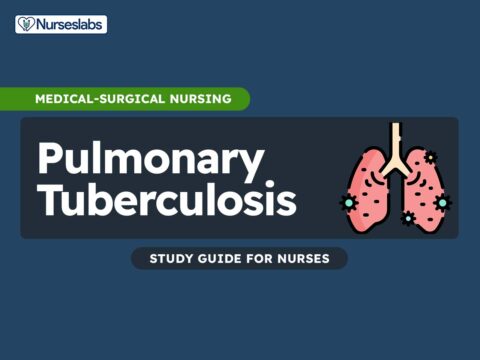
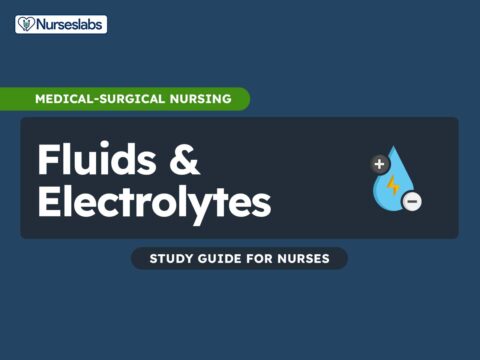
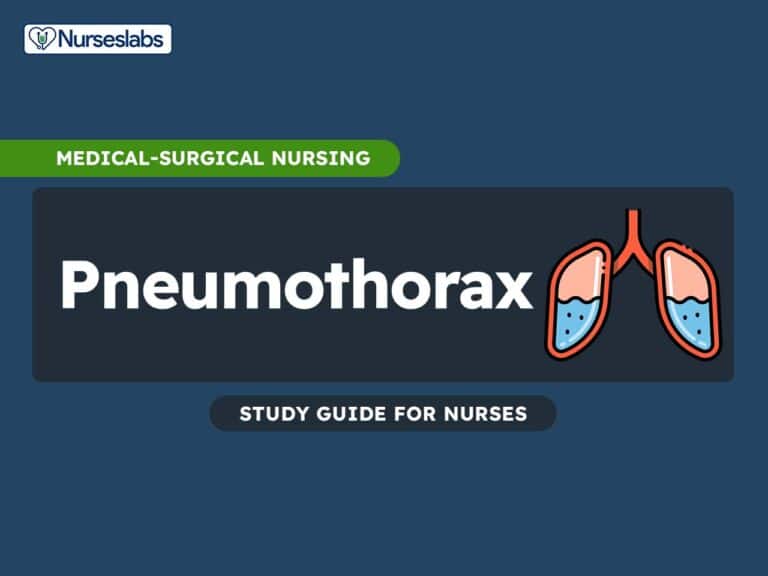
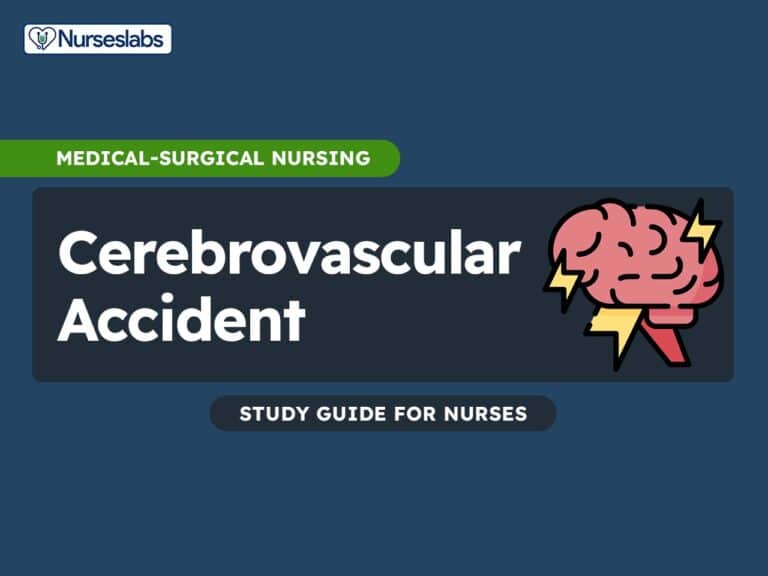

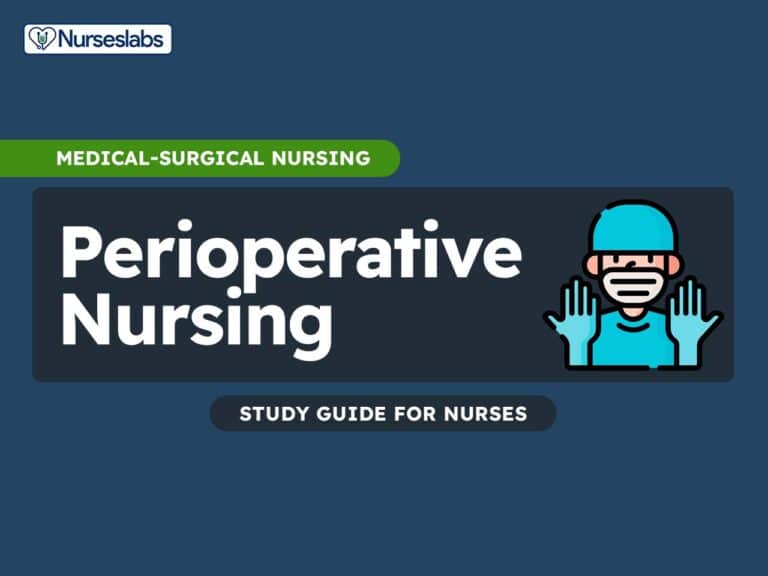
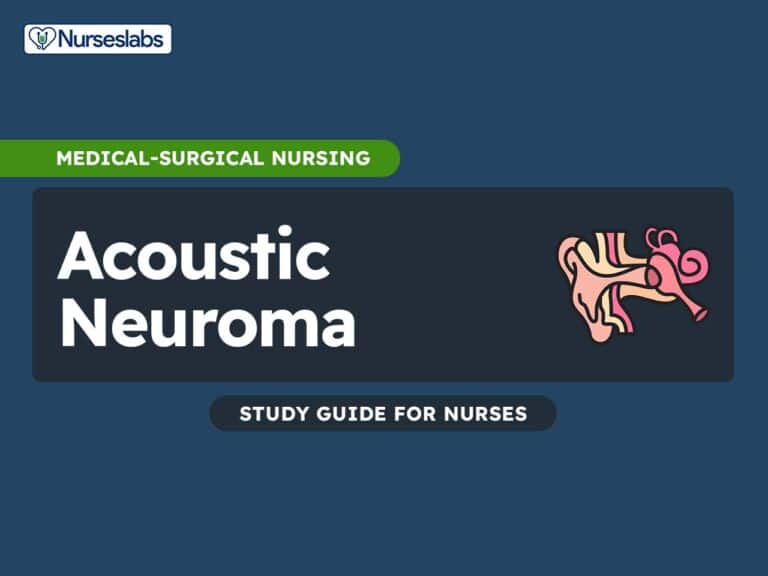


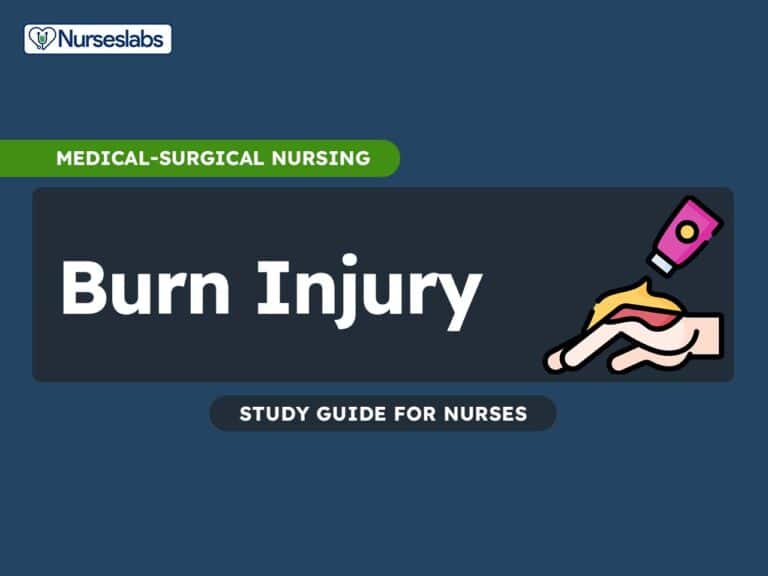
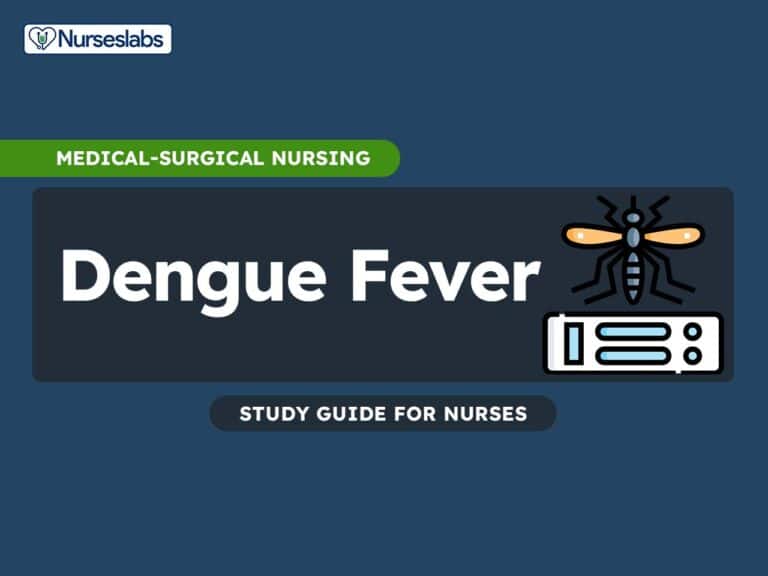

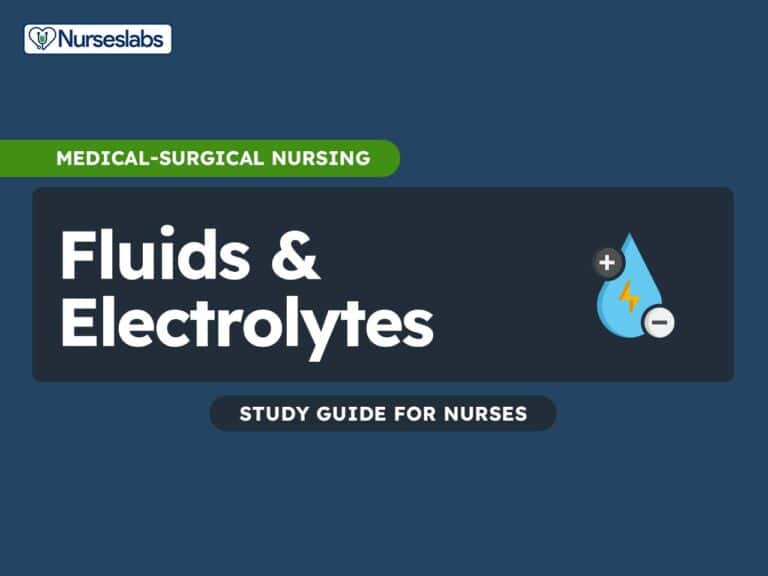

Leave a Comment